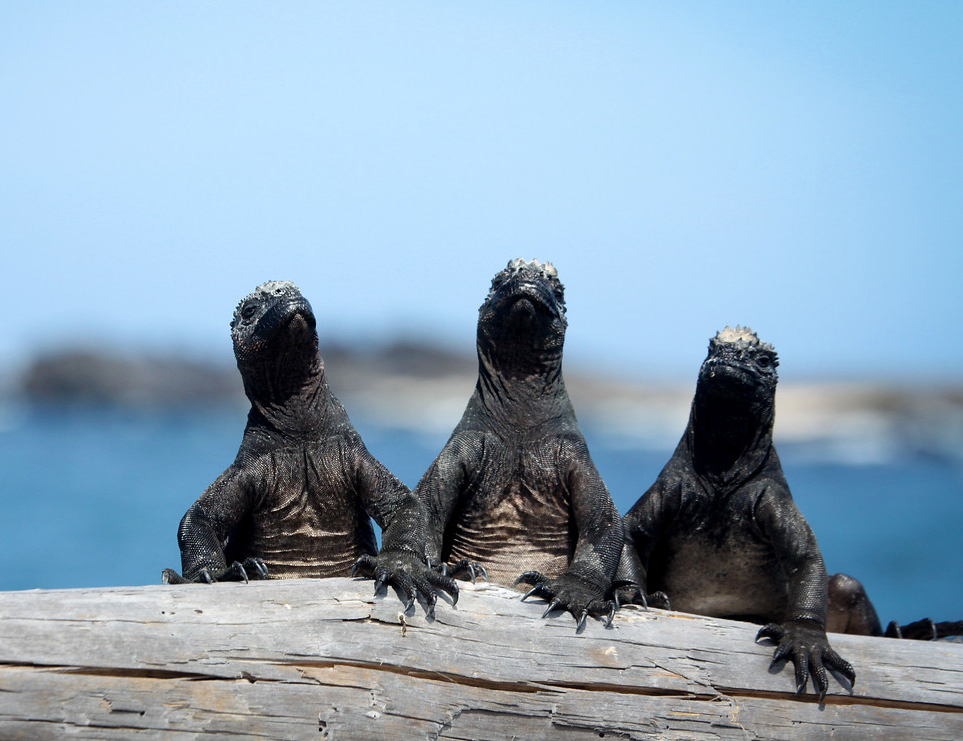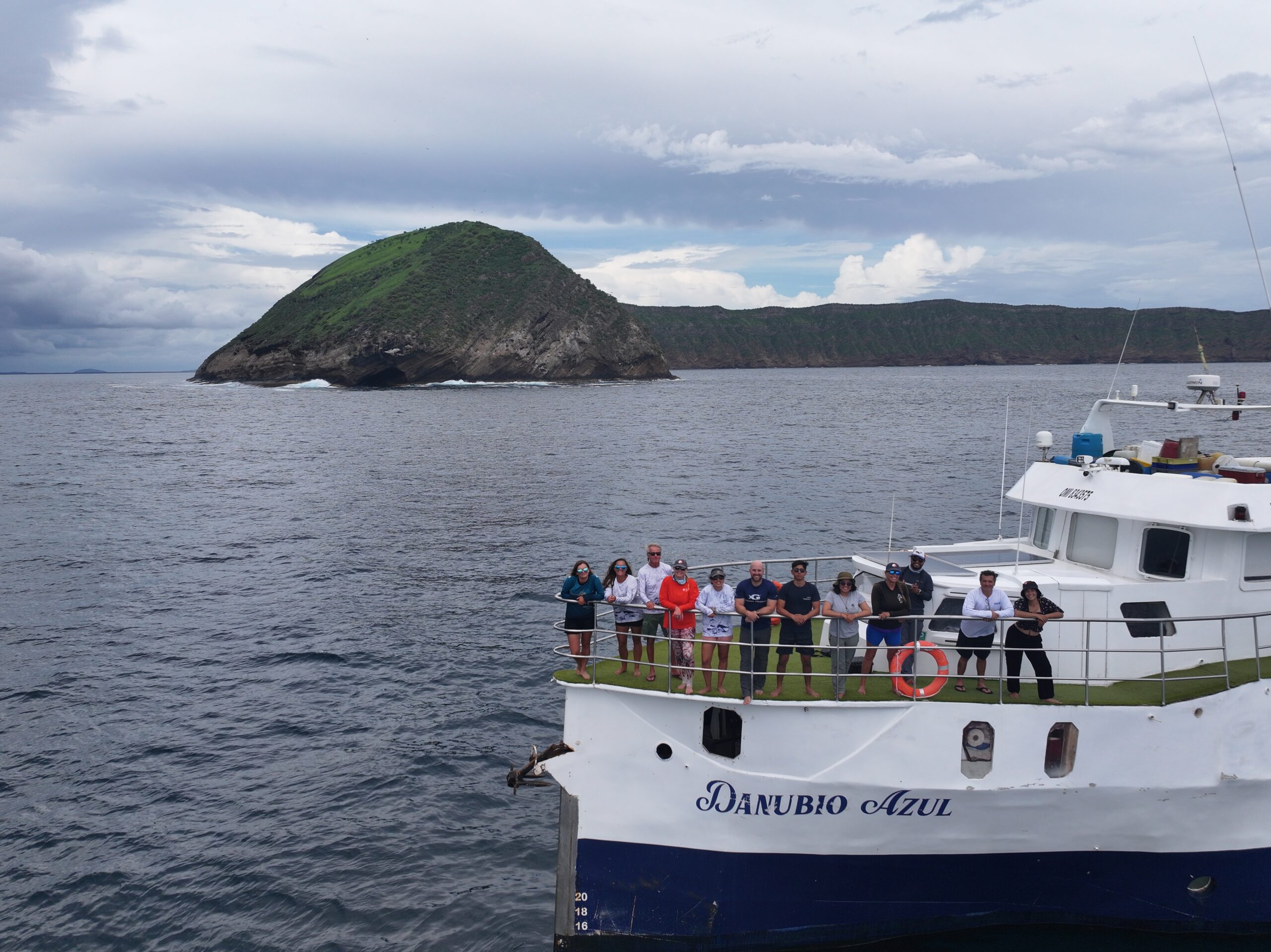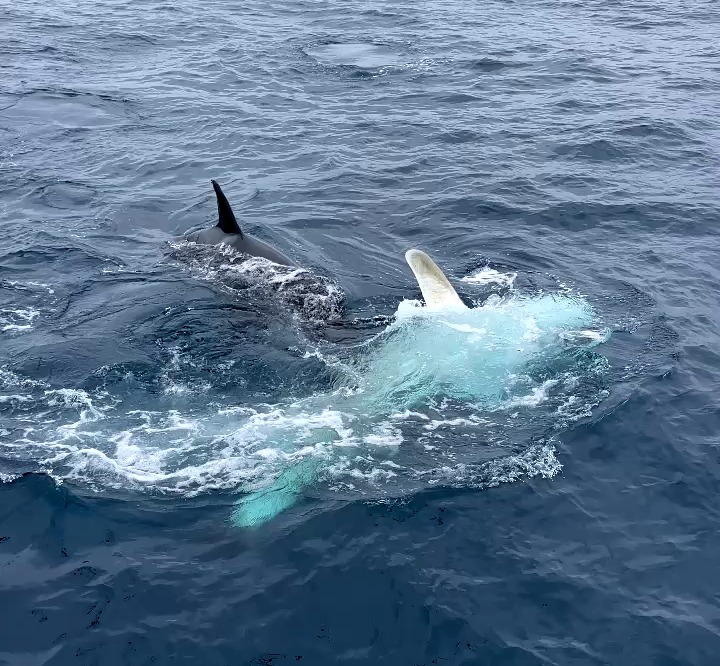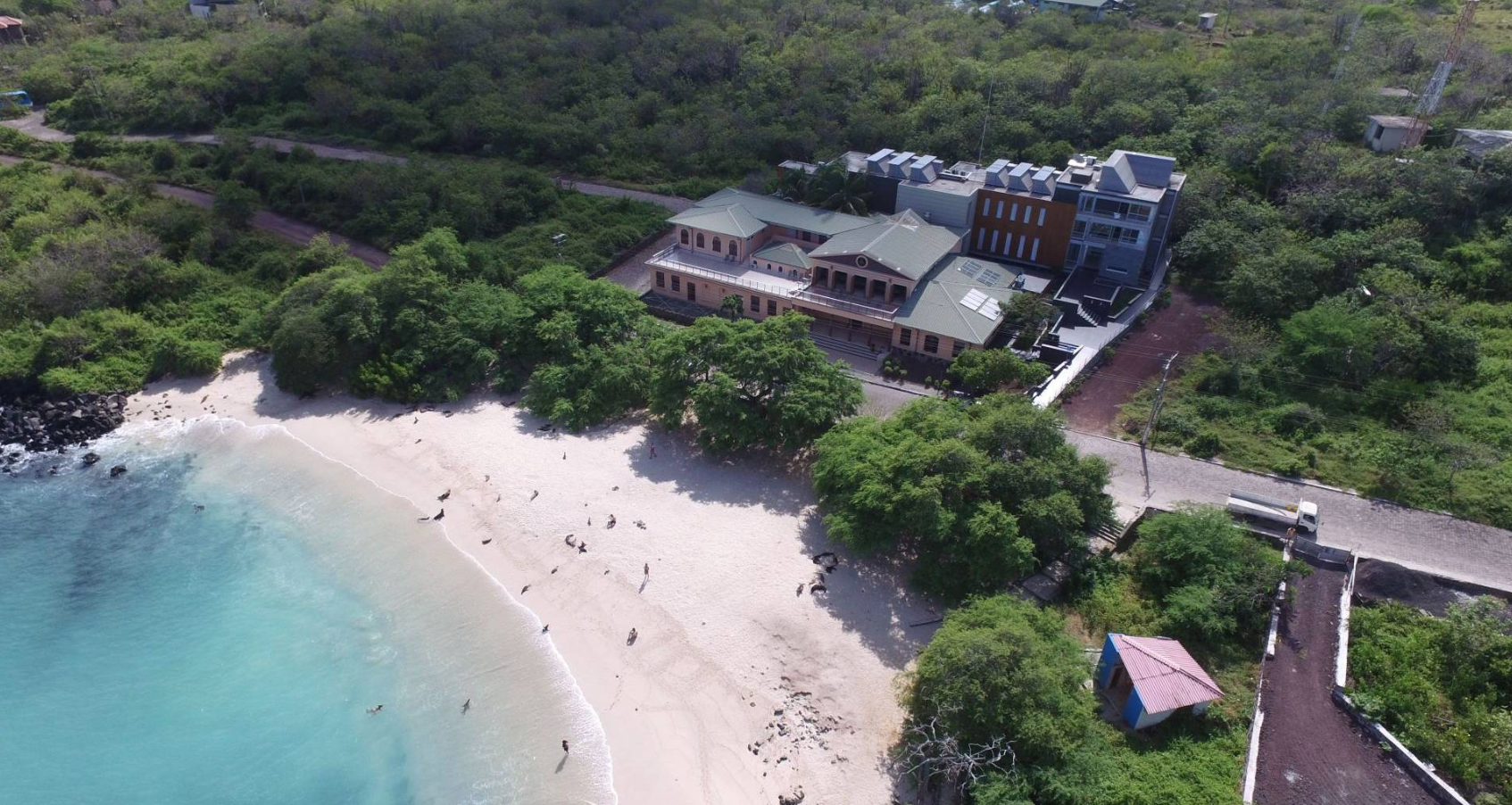Endemic species of the Galápagos Islands are vulnerable to newly introduced pathogens, often transmitted through invasive hosts. One example is invasive parasitic arthropods, whose evolutionary success is linked to their association with domestic animals present in the archipelago. This interaction poses a significant risk, as these parasites can switch hosts and facilitate pathogen transmission between domestic and wild species.
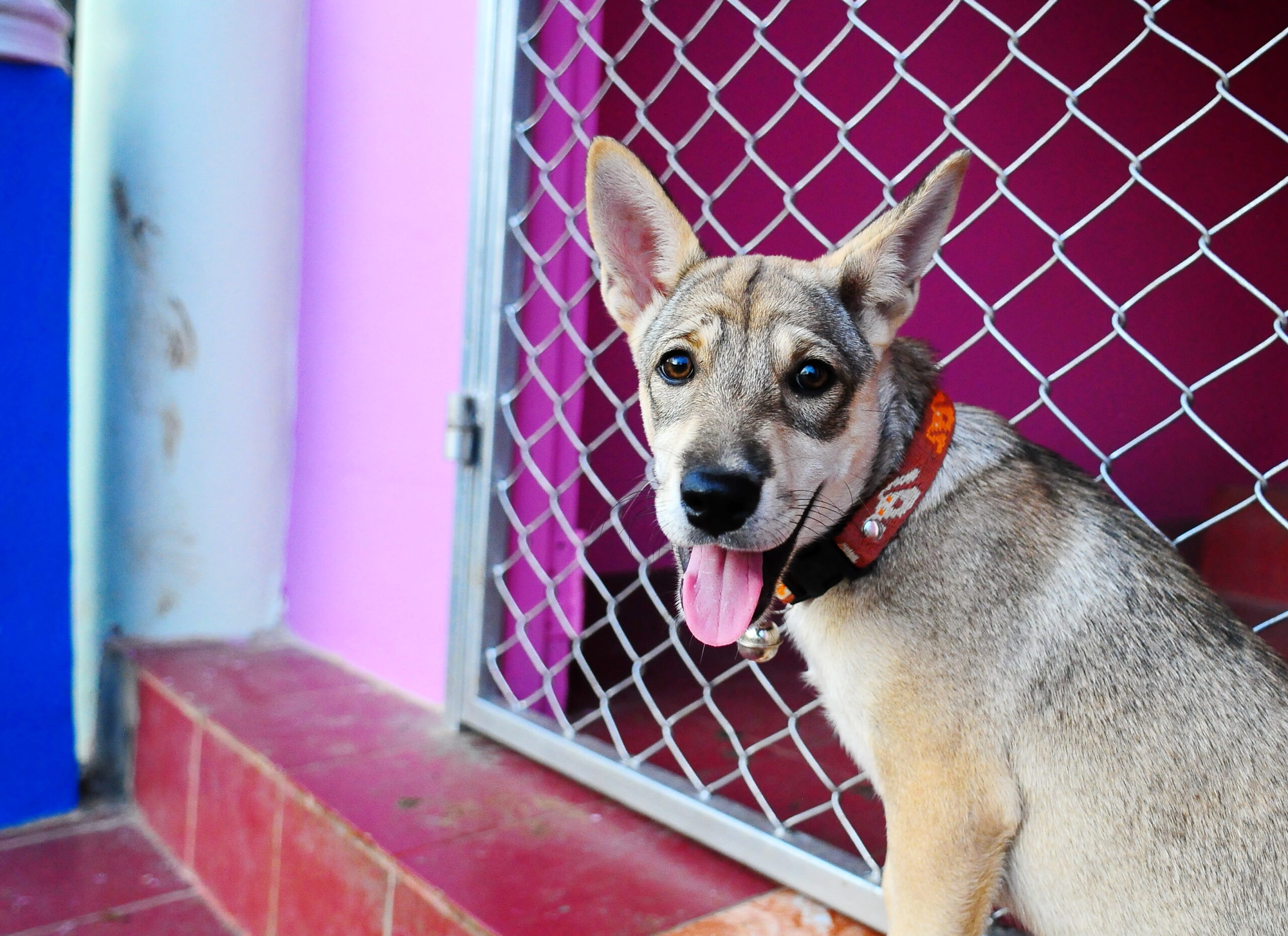
This study aimed to identify the distribution and abundance of vector-borne parasites in dogs, considering their potential transmission to endemic mammals. The Galápagos fur seal and sea lion have remained isolated from many pathogens associated with continental carnivores due to the archipelago’s remote location. However, the widespread presence of introduced species (e.g., dogs and cats) may lead to the emergence of pathogenic parasites and microorganisms affecting these wild species, making them highly vulnerable.
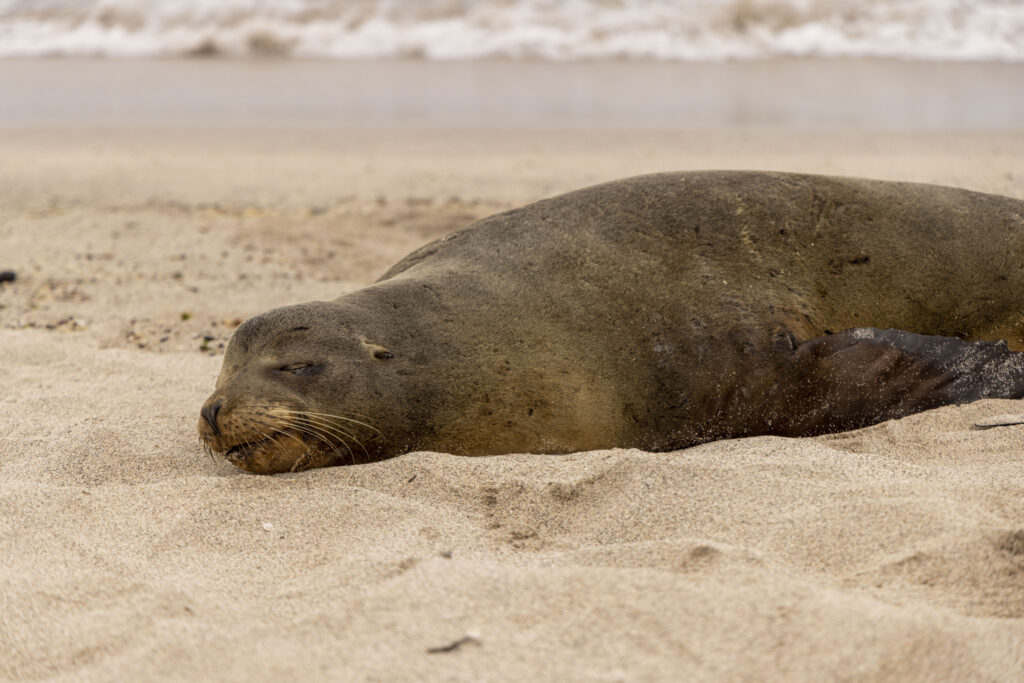
Photo: Carlos Gavela
The results of this study confirm that dogs in the Galápagos host various pathogens, some of which are potentially zoonotic (infectious diseases that can spread from animals to humans), while others could be transmitted to endangered endemic carnivores, such as sea lions. To understand this risk and minimize its impact on the ecosystem, control measures and public awareness are needed, strengthening conservation efforts for the archipelago’s endemic species.
To learn more about this research, visit: https://doi.org/10.1186/s13071-024-06592-z


